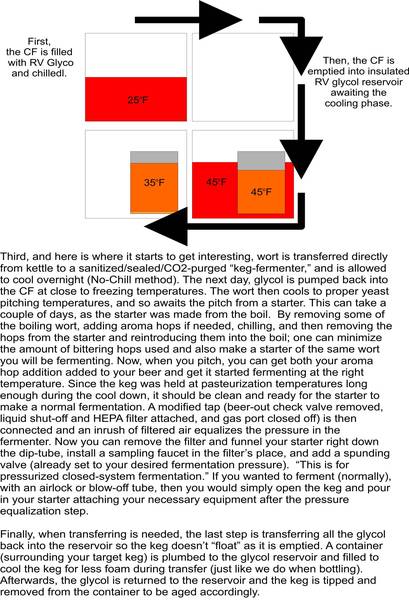The Pol
Well-Known Member
- Joined
- Feb 12, 2007
- Messages
- 11,390
- Reaction score
- 120
I have a question for you guys doing the no-chill method. Would something like this work at all?
EDIT: CF is a chest freezer in case you are wondering, lol.

I use a different fermentation technique, but would this no-chill-then-chill method work at all? I just had the idea after all the talk about no-chill and wondered. Pol, can you chime in on this?
I am a simpleton, what is the no chill and then chill method? I dont understand the flow chart at all.



 and woke up :smack: !!!
and woke up :smack: !!!